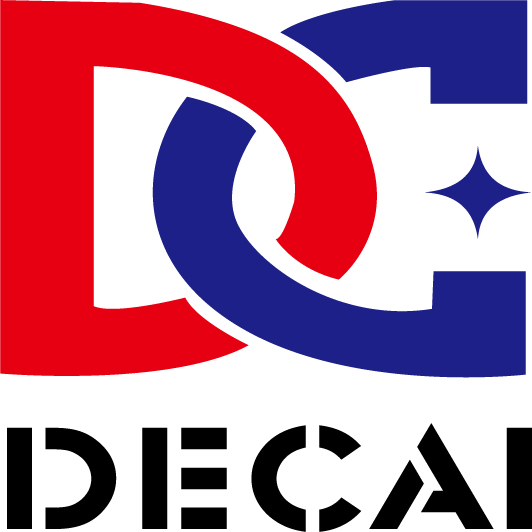Basics of the Gravure Printing Process
Gravure is small cells recessed into a cylinder that hold ink. The cylinder is washed with ink; a doctor blade removes the excess, leaving ink only in the cells. The ink is transferred to a substrate (paper, plastic, film, and more) using a rotary press.
Rotogravure, or gravure, is an old process. Building on earlier printing methods, modern gravure began in the late 19th century, and became widespread in the early 20th century. The popularity of the Sunday rotogravure section, which was filled with printed photographs, increased the use of gravure.
Today gravure printing is widely used in:
Publication printing (magazines, newspapers, catalogs), where long runs at high speed are common. Gravure's remarkable density range makes it the best choice for fine art and photography
Packaging printing, where printing on a variety of substrates is needed. Long runs are also common.
Gravure is also used to print laminates, gift wrap, wallpaper, postage stamps, and the text on candies and pills, among other things.
Cylinders
Cylinders for gravure have been made in several ways. First came chemical etch, followed by electro-mechanical (diamond cutting) and then laser etching. The latter two use digital images and controls.
Gravure cylinders are extremely long-lasting. They are made of steel, coated in copper for engraving, then finished with chrome. When the cylinder is no longer needed, the chrome and copper can be removed and the steel base reused.
Because of the stable steel bases, gravure cylinders can be quite large. Some publication presses run 3 meter (9.84 feet) wide cylinders. Cylinders can also be extremely small: 16 inches wide or even less. Cylinder diameters can also vary from very small (2.5 inches or 64 mm) to very large (40 inches or 1,016 mm).

WhatsApp
0086-17779025926
Wechat:
0086-17779025926
Email
labelprint02_vip@126.com
Post time: Feb-21-2023
